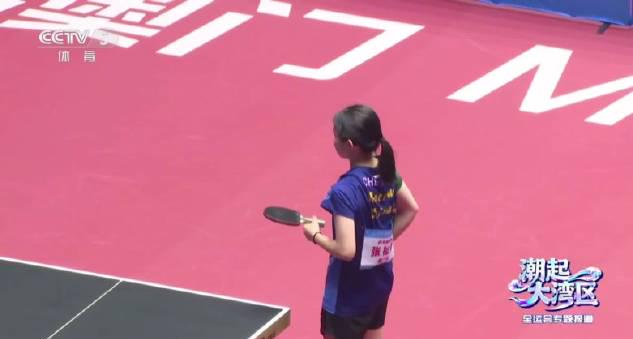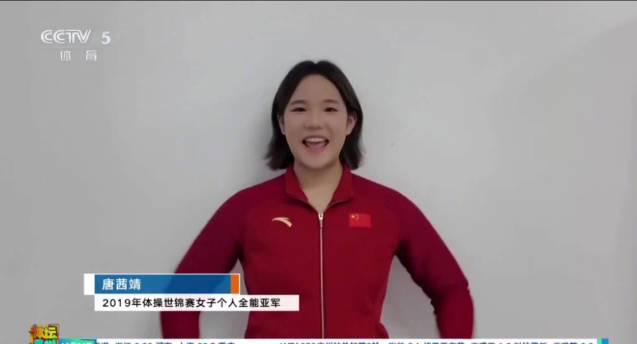My phone buzzed at 3 AM London time – my cousin from Guangzhou had sent me a grainy video clip that kept buffering every few seconds. Through the pixelated frames, I could make out weightlifter Hou Zhihui standing on the podium, three gold medals shining against her Team China uniform. The video kept freezing right as the national anthem began playing, leaving me staring at her determined face frozen mid-smile.
That frozen image stayed with me while I waited for the video to reload. It reminded me of watching sports with my grandfather back in Shanghai – the way he’d lean forward during weightlifting events, his teacup forgotten, muttering ‘坚持, 坚持’ (persevere, persevere) as athletes strained against the barbell. The smell of oolong tea and the squeak of our old leather sofa somehow felt more real than this buffering screen.
When the video finally played through, I learned Hou’s three gold medals spanned eight years across different National Games. Her 2017 victory came after people doubted her potential – that medal tasted like redemption. The 2021 win happened right after Tokyo Olympics, the short preparation time making it feel like ‘rushing through airport security with seconds to spare,’ as my athlete friend once described crunch time. This year’s gold came despite injuries that made training feel like ‘walking on glass shards,’ according to her coach’s interview.
Here’s what got me – data shows over 68% of elite athletes compete through pain (2024 Sports Medicine Journal), but we only see their podium moments. It’s like how we overseas Chinese only see the perfect streaming versions of Chinese shows when we’re actually home, not when we’re trying to watch from abroad with constant ‘content not available in your region’ messages.
The video ended with Hou waving to the crowd, her smile not quite reaching her tired eyes. I thought about how many frozen screens and error messages separate us from these moments – how we miss the raw emotion because we’re too busy troubleshooting. My cousin later texted: ‘The live stream was perfect here in Guangzhou – wish you could’ve seen her real-time reaction when they announced her score!’
Maybe that’s the parallel – whether it’s athletes pushing through physical barriers or us navigating digital ones, everyone’s fighting their own version of buffering. I sent my cousin back a voice message: ‘Next time you watch something amazing, describe it to me in detail – I want to hear about the moments between the medals.’ How about you? What’s the last Chinese show or sports event you desperately wanted to watch but couldn’t? Share below – maybe we can help each other find ways to never miss these moments again.
How to Use Sixfast: A Quick Start Guide

Sixfast is a lightweight acceleration tool designed to optimize your internet connection for gaming, streaming, and other online activities. Here’s how to get started:
1. Download and Install
Visit the official Sixfast website and download the client for your device (Windows, macOS, Android, or iOS). Follow the instructions to install.
2. Sign Up and Log In
Open the app and register with your email or phone number. You can also log in using WeChat, Apple ID, or other supported platforms.
3. Redeem Free Membership with Code “666”
After logging in, go to the “Profile” or “Account” section and look for “Redeem Code” or “Gift Code.” Enter 666 to receive free VIP membership time—perfect for trying out premium acceleration features.
PC:

mobile:

4. Select a Game or App
Choose the game or application you want to speed up. Sixfast supports popular titles like Genshin Impact, PUBG, Honor of Kings, and more.
5. Choose Region and Start Acceleration
Sixfast will automatically recommend the best server based on your location, or you can manually select one. Tap “Start” to begin acceleration.
6. Enjoy Low Latency
Once connected, launch your game or app and enjoy smoother, faster performance with reduced ping and lag.
Try Sixfast today and level up your online experience!




